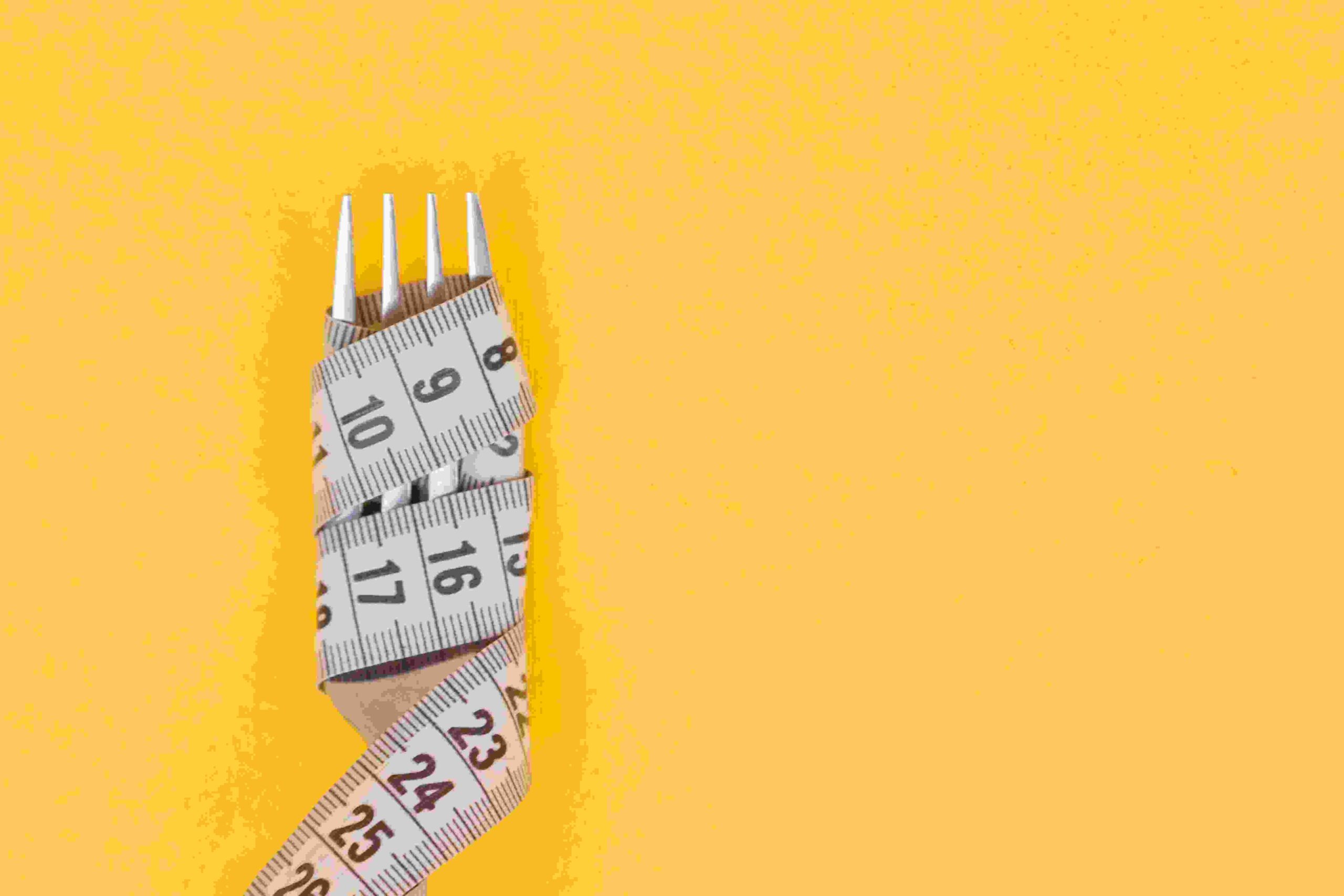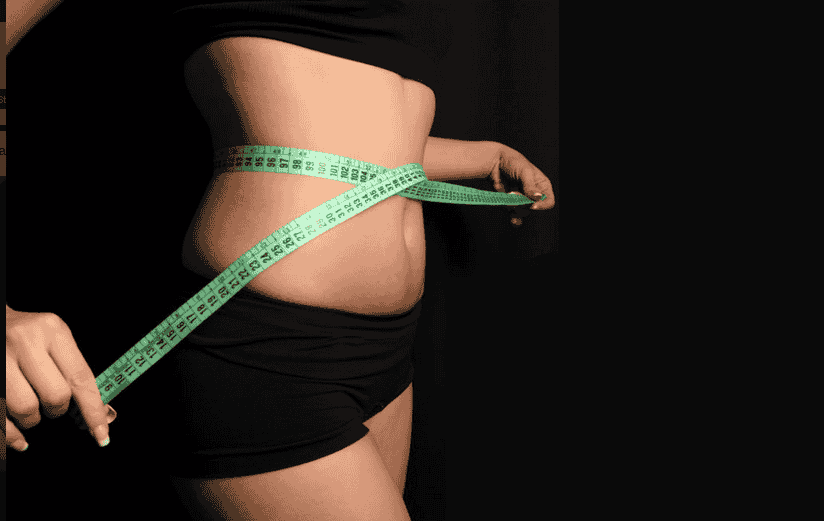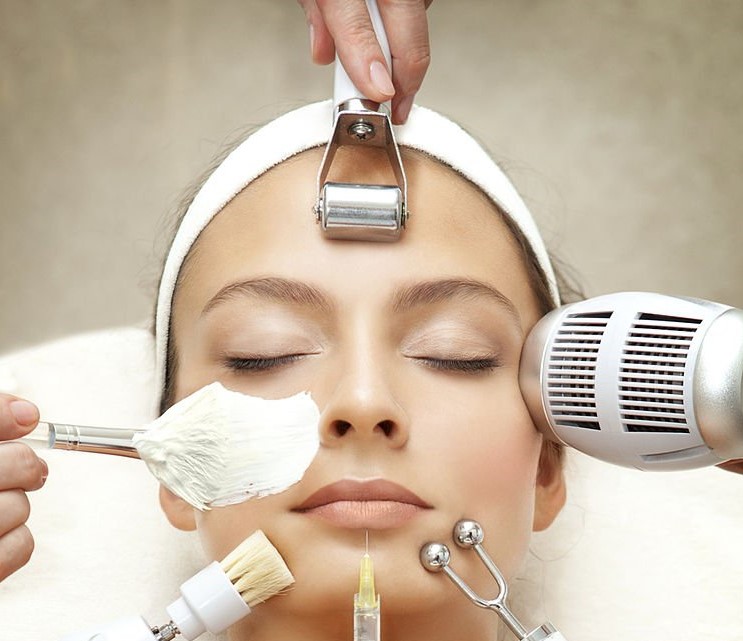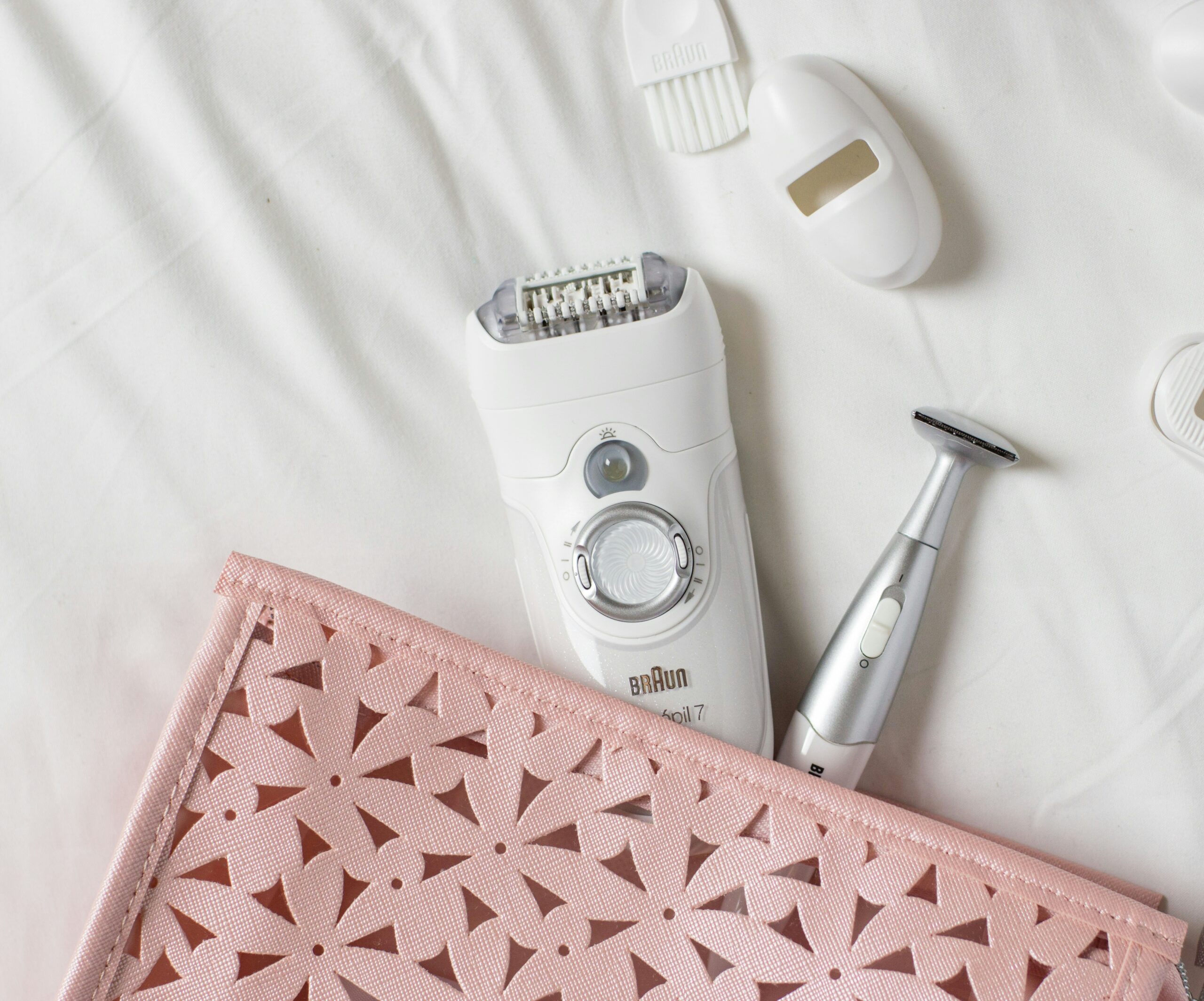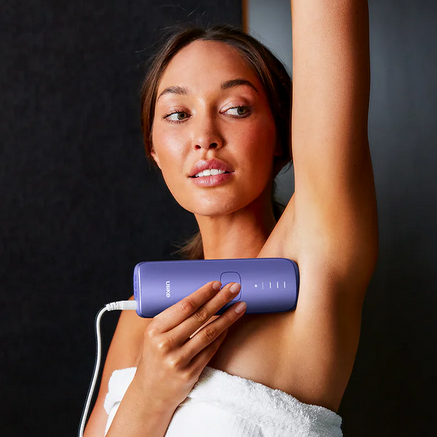Losing belly fat requires a combination of healthy eating, regular exercise, and lifestyle changes. One of the most effective ways to tackle this challenge is by making strategic changes to your meals, especially lunch, which is one of the main meals of the day. But what is the best lunch for losing belly fat?In this comprehensive guide, we’ll break down the components of a fat-burning lunch, explain the science behind it, and give you practical tips on crafting meals that help you achieve your fitness goals. We’ll also delve into frequently asked questions related to belly fat and provide a variety of food ideas to make sure you stay on track.
1. The Importance of Lunch in Fat Loss
Lunch is a key meal for anyone looking to lose belly fat. Skipping lunch or making poor food choices can lead to overeating later in the day, spiking insulin levels, and promoting fat storage. On the other hand, a well-balanced, nutritious lunch provides the energy and nutrients needed to keep you full, stabilize your blood sugar levels, and help your body burn fat more efficiently.
Why is lunch crucial?
- Prevents Overeating: A nutritious lunch prevents you from overindulging in unhealthy snacks.
- Boosts Metabolism: Eating at the right time can boost your metabolism, helping your body burn calories more effectively.
- Sustains Energy Levels: A well-rounded lunch helps maintain your energy levels, preventing the afternoon slump.
Skipping lunch or eating high-sugar, high-carb meals can disrupt your efforts by increasing cravings, lowering energy, and slowing down fat loss.
2. Nutritional Principles for Burning Belly Fat
When it comes to burning belly fat, there’s no magic bullet. Instead, it’s essential to understand the fundamental principles of nutrition that can help reduce fat accumulation around your midsection.
Macronutrient Balance
To lose belly fat, your lunch should strike the right balance of macronutrients:
- Proteins: Help repair muscles, boost metabolism, and keep you full.
- Healthy Fats: Slow down digestion, stabilize blood sugar, and provide satiety.
- Carbohydrates: Provide energy, but choosing complex, fiber-rich carbs is key to avoiding blood sugar spikes.
Importance of Protein
Protein is one of the most effective nutrients for fat loss. Studies show that high-protein meals can:
- Increase metabolism: Protein requires more energy for digestion compared to fats and carbs.
- Suppress appetite: Protein makes you feel full, helping you reduce overall calorie intake.
- Preserve muscle mass: When you’re losing weight, maintaining lean muscle is crucial for a toned appearance.
Role of Healthy Fats
Contrary to popular belief, healthy fats do not make you fat. In fact, they play a crucial role in helping you lose belly fat. They:
- Stabilize blood sugar: Prevent the spikes and crashes associated with high-carb meals.
- Improve satiety: Help you feel full longer, which reduces cravings.
Good fat sources include avocados, nuts, seeds, and olive oil.
Fiber-Rich Foods
Fiber is a non-negotiable part of a fat-loss diet. It:
- Promotes digestion: Helps reduce bloating and improve gut health.
- Increases fullness: Makes you feel fuller for longer by slowing down digestion.
Incorporate leafy greens, whole grains, and vegetables into your lunch for a fiber boost.
3. Foods to Include in a Belly Fat Burning Lunch
For an effective fat-burning lunch, you need the right mix of nutrients that promote fat loss, satiety, and energy without spiking blood sugar levels.
Lean Proteins
Protein is the building block for muscles and plays a key role in fat loss. Opt for lean sources of protein to minimize calorie intake while maximizing satiety and muscle repair.
- Chicken breast
- Turkey
- Tofu
- Egg whites
- Fish (like salmon or tuna)
Complex Carbohydrates
Complex carbs digest slowly, providing sustained energy without causing insulin spikes that promote fat storage. Examples include:
- Quinoa
- Brown rice
- Sweet potatoes
- Whole grain bread or wraps
Healthy Fats
Healthy fats keep you full and help your body absorb fat-soluble vitamins, making them a crucial part of your fat-loss lunch. Some healthy fat sources include:
- Avocados
- Chia seeds
- Olive oil
- Almonds and walnuts
Low-Calorie Vegetables
Vegetables are packed with vitamins, minerals, and fiber, yet they are low in calories. Adding a variety of colorful vegetables to your lunch not only aids in fat loss but also improves digestion and reduces bloating. Great options include:
- Leafy greens (spinach, kale)
- Broccoli
- Cauliflower
- Bell peppers
- Zucchini
4. Foods to Avoid at Lunchtime
While there are plenty of foods that can help you lose belly fat, there are also those that should be avoided. These foods tend to be high in sugar, unhealthy fats, and refined carbohydrates, which can spike insulin levels and lead to increased fat storage around the belly.
Refined Carbohydrates
Refined carbs, like white bread, pasta, and pastries, break down quickly into sugar and cause insulin spikes, leading to fat storage. It’s best to swap refined carbs for complex ones that are high in fiber.
Sugary Drinks and Snacks
Sugary beverages like soda, sweetened teas, and juices are calorie-dense but provide no nutritional value. They’re also one of the biggest contributors to belly fat. Even “healthy” juices can have hidden sugars that derail fat loss efforts.
Trans Fats and Processed Foods
Trans fats are the worst type of fat for your waistline and overall health. They increase inflammation and fat storage, particularly in the belly area. Common sources include:
- Fried foods
- Commercial baked goods (cookies, cakes)
- Margarines
- Processed snacks
5. Portion Control and Its Role in Fat Loss
Portion control is one of the simplest yet most effective ways to reduce calorie intake and lose belly fat. Even if you’re eating healthy foods, consuming them in excessive amounts can hinder fat loss. Here’s how to keep portions in check:
- Use smaller plates: This helps trick your brain into thinking you’re eating more than you actually are.
- Measure your portions: Get in the habit of measuring portions, especially for calorie-dense foods like nuts, grains, and oils.
- Listen to your hunger cues: Stop eating when you’re about 80% full. It takes time for your brain to register that your stomach is full.
By being mindful of how much you’re eating, you can easily stay within your calorie limits and promote fat loss.
6. Best Lunch Ideas for Losing Belly Fat
When planning a belly fat-burning lunch, focus on meals that are rich in protein, fiber, and healthy fats. Here are some easy-to-make lunch ideas:
High-Protein Salad Bowls
Salads don’t have to be boring. Start with a base of leafy greens, add a lean protein, and top with healthy fats and complex carbs for a satisfying and nutritious meal. Examples:
- Grilled chicken, quinoa, spinach, and avocado with a light olive oil dressing.
- Tofu, kale, chickpeas, and sunflower seeds with a lemon-tahini dressing.
Lean Meat and Veggie Wraps
Wraps are versatile and easy to pack for lunch. Choose whole-grain wraps and fill them with lean meats and veggies.
- Turkey, avocado, spinach, and bell peppers in a whole-grain wrap.
- Grilled chicken, hummus, cucumber, and tomato wrapped in a large lettuce leaf for a low-carb option.
**Grain Bow
ls with Protein
Grain bowls are a fantastic way to combine complex carbs, protein, and healthy fats into one dish. Start with a base of whole grains like quinoa or brown rice, add your protein, and load it up with vegetables.
- Quinoa, grilled salmon, broccoli, and avocado with a squeeze of lemon juice.
- Brown rice, black beans, grilled chicken, and salsa with a dollop of Greek yogurt.
Stir-Fry Vegetables with Tofu or Chicken
Stir-fries are quick, easy, and highly customizable. Use a variety of colorful vegetables, your protein of choice, and a small amount of a healthy fat like olive oil or sesame oil.
- Tofu, bell peppers, zucchini, and broccoli stir-fried in coconut oil with a dash of soy sauce.
- Chicken, snap peas, mushrooms, and carrots stir-fried in olive oil with garlic and ginger.
Smoothie Bowls and Soups
Smoothie bowls can be a refreshing and nutrient-dense option, especially if you’re looking for a lighter lunch. Soups, particularly broth-based ones, can be filling without being calorie-heavy.
- Berry and spinach smoothie bowl topped with chia seeds and almond butter.
- Vegetable soup with chunks of chicken breast, lentils, and leafy greens.
7. Meal Prep Tips for Belly Fat Loss
Meal prepping can make all the difference in maintaining consistency in your fat-loss journey. By preparing your lunches ahead of time, you eliminate the temptation to reach for unhealthy options. Here are some tips:
- Cook in batches: Prepare large amounts of protein (chicken, tofu, or turkey) and vegetables, then portion them out for the week.
- Use airtight containers: Store prepped meals in airtight containers to keep them fresh.
- Incorporate variety: Rotate different proteins, veggies, and grains to keep your lunches exciting.
Meal prepping ensures you have healthy options available and prevents you from making impulsive, less nutritious choices.
8. Eating Habits That Support Fat Loss
Your eating habits are just as important as what you eat. Here are some strategies to enhance your fat-loss efforts:
Eating Slowly and Mindfully
When you eat quickly, you tend to consume more calories before realizing you’re full. Slowing down your eating allows your brain to catch up with your stomach, helping you recognize when you’re satisfied and preventing overeating.
Drinking Water Before Meals
Drinking water before lunch can help control hunger and reduce calorie intake. Water also aids digestion and prevents bloating, which can be especially important when trying to lose belly fat.
Keeping Lunch Calorie-Controlled
Even healthy foods can contribute to weight gain if eaten in excess. Keep your lunch between 400-600 calories, depending on your daily energy needs. Focus on nutrient-dense, lower-calorie foods like vegetables and lean proteins.
9. Exercise and its Relationship to Diet
You can’t out-exercise a bad diet. While physical activity is crucial for overall health and fat loss, it must be paired with the right dietary choices to see real progress in losing belly fat.
Why Exercise Alone Isn’t Enough
Exercise is fantastic for building muscle, improving cardiovascular health, and boosting metabolism. However, if you’re not eating the right foods, especially at lunch, your efforts may go to waste. Fat loss requires a caloric deficit, which is easier to achieve through dietary changes than exercise alone.
Combining Exercise with the Right Lunch Choices
To lose belly fat effectively, aim for a balanced approach:
- Pair strength training with cardio for the best fat-burning results.
- Eat a protein-rich lunch after your workout to aid muscle recovery and fat loss.
10. Common Myths About Losing Belly Fat
There are numerous misconceptions about belly fat that can hinder progress. Let’s clear up some common myths:
Myth 1: You Can Target Belly Fat with Specific Exercises
While core exercises strengthen the muscles around your abdomen, they won’t specifically target belly fat. Fat loss happens uniformly across your body through a combination of diet and exercise.
Myth 2: Fat-Free Foods Are Better for Fat Loss
Fat-free or low-fat foods are often loaded with sugar to make up for the loss of flavor. These added sugars can lead to weight gain, especially around the belly.
Myth 3: Skipping Meals Helps You Lose Weight Faster
Skipping meals often leads to overeating later in the day. It can also slow your metabolism, making it harder to burn fat effectively.
11. The Role of Intermittent Fasting in Belly Fat Loss
Intermittent fasting (IF) has gained popularity as a fat-loss strategy. It involves cycling between periods of eating and fasting. IF can be an effective way to lose belly fat for some people, as it helps reduce overall calorie intake and improves fat-burning during fasting windows.
However, intermittent fasting isn’t for everyone, and it’s important to listen to your body. If you find yourself overly hungry or fatigued, it may not be the right approach for you.
12. Healthy Lunch Recipes for Losing Belly Fat
Here are a few simple and delicious lunch recipes to get you started:
Grilled Chicken Salad with Avocado
- Ingredients:
- 1 grilled chicken breast
- 1 cup spinach
- 1/2 avocado, sliced
- 1/4 cup cherry tomatoes
- 1 tbsp olive oil and balsamic vinegar for dressing
Quinoa Bowl with Veggies and Hummus
- Ingredients:
- 1/2 cup cooked quinoa
- 1/4 cup hummus
- 1/2 cup steamed broccoli
- 1/4 cup bell peppers
- Sprinkle of sesame seeds
Turkey and Spinach Wrap
- Ingredients:
- 1 whole-grain wrap
- 4 oz turkey breast
- 1/4 cup spinach leaves
- 1 tbsp Dijon mustard
- 1/4 avocado, mashed
13. Frequently Asked Questions (FAQs)
1. Can I lose belly fat just by eating the right lunch?
No single meal will target belly fat alone. A healthy, balanced lunch should be part of an overall calorie deficit combined with regular exercise and lifestyle changes.
2. How much protein should I eat at lunch to lose belly fat?
Aim for about 20-30 grams of protein per meal, which can help keep you full and support muscle maintenance during fat loss.
3. Are carbs bad for losing belly fat?
Not all carbs are bad. Focus on complex carbohydrates that are high in fiber, such as quinoa, brown rice, and sweet potatoes, to fuel your body without causing fat storage.
4. Should I avoid fats to lose belly fat?
No, healthy fats like those found in avocados, nuts, and olive oil can actually help with fat loss by improving satiety and supporting metabolic health.
5. Is it better to eat a big lunch or a big dinner for fat loss?
It’s best to keep your meals evenly spaced and portioned throughout the day. Eating a large meal at night can lead to overeating and fat storage.
6. How long does it take to see results from eating healthy lunches?
It depends on your overall diet, exercise routine, and body composition. However, you can generally start to see changes in body fat and energy levels within 4-6 weeks.
14. Conclusion
Crafting the best lunch for losing belly fat isn’t about restrictive diets or magical foods. It’s about making smart choices that promote fat loss, stabilize blood sugar, and keep you full and energized throughout the day. By focusing on protein-rich meals, healthy fats, fiber-packed vegetables, and portion control, you can effectively support your body’s fat-burning processes and work towards a leaner, healthier you.
